Imagine a pipeline system as a complex network of pipes and tubes transporting vital resources such as oil, gas and water. These pipelines are the lifeblood of our society, and their proper operation is crucial for powering our homes, fueling our vehicles, and providing clean drinking water. But have you ever wondered how these pipelines are controlled and regulated? That’s where pipeline valves come in.
These small but mighty devices play a critical role in pipelines’ safe and efficient operation. They allow operators to control fluid or gas flow, regulate pressure and temperature, direct the flow to specific parts of the pipeline, and, most importantly, shut off the flow entirely in case of an emergency or maintenance.
Think of them as the traffic lights of the pipeline system; they control the flow and ensure everything runs smoothly. For Example:An industrial butterfly valve manufacturer is a company that specializes in the production of butterfly valves for industrial applications. Butterfly valves are quarter-turn valves that use a disk that rotates to open or close the flow. They are often used in applications that require a compact design and low-pressure drop.
Valves Used In Pipeline
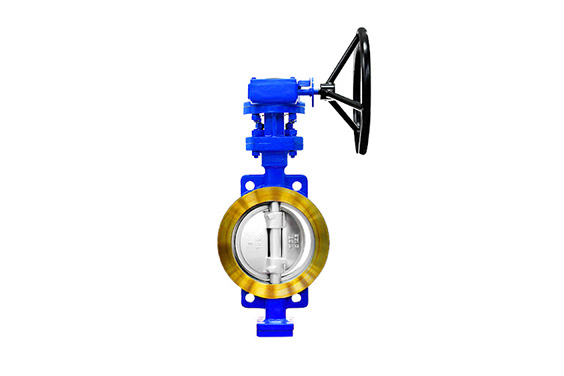
Several types of valves are commonly used in pipeline systems, each with its unique set of characteristics and uses. Some of the most common valves used in pipelines include:
- Industrial Ball valves: Industrial ball valves use a ball with a hole through the center to control fluid or gas flow. They are commonly used for shutting off the flow entirely and are known for their durability and easy maintenance.
- Butterfly valves: Butterfly valves use a rotating disk to control fluid or gas flow. They are known for their ability to handle large volumes of fluid or gas and their low-pressure drop.
- Gate valves: Gate valves use a gate or wedge to control fluid or gas flow. They are commonly used for isolating pipeline sections for maintenance or repair and can handle high-pressure systems.
- Double offset butterfly valves: Double offset butterfly valve is a type of butterfly valve that has a double offset design, which means that the axis of the disk is offset from both the centerline of the valve body and the axis of the stem. This design reduces the torque required to open and close the valve, making it easier to operate and more suitable for applications where the valve will be frequently operated.
- Globe valves: Globe valves use a movable disk to control fluid or gas flow. They are commonly used for regulating the flow and are known for their ability to handle high-pressure systems.
- Check valves: Check valves allow fluid or gas to flow in only one direction. They are commonly used to prevent backflow and protect pumps and other equipment in the pipeline.
- Relief valves: These valves release pressure to protect the pipeline and surrounding equipment from overpressure, which occurs due to thermal expansion, pump failures, or other causes.
- Control valves: Control valves automatically adjust fluid or gas flow based on changes in pressure, temperature, or other conditions. They are commonly used for regulating the flow and are known for their ability to handle high-pressure systems.
Each valve has specific characteristics and advantages, depending on the application and the fluid or gas transported and the safety and regulations are maintained.
What Is A Pipeline Valve?
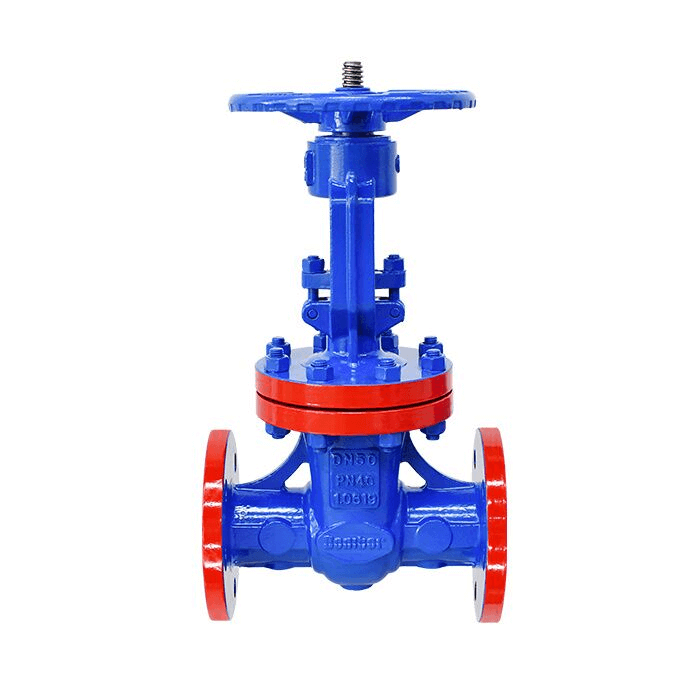
Pipeline valves are used in various industries, including oil and gas, water and wastewater, and power generation. They can be classified into several types: gate valves, globe valves, check valves, ball valves, and diaphragm valves.
Gate valves are used to start or stop the flow of fluid in a pipeline. They have a gate that moves up and down to open or close the flow. Globe valves also start or stop the flow, but they have a disk that moves up and down to open or close it.
Check valves allow fluid to flow in only one direction and are used to prevent backflow in the pipeline. Ball valves have a ball inside the valve that rotates to open or close the flow; diaphragm valves use a flexible diaphragm to open or close the flow.Pipeline valves can be operated manually by turning a handle or a wheel or automatically using a pneumatic, hydraulic, or electrical actuator.
Automatic valves are controlled by a control system, which can be operated remotely or automatically based on preset conditions.Pipeline valves are critical components in pipelines, as they ensure the safe and efficient operation of the system. They must be designed and manufactured to withstand the pressure, temperature, and corrosive nature of the fluid or gas flowing through the pipeline.
How Do Pipeline Valves Work?
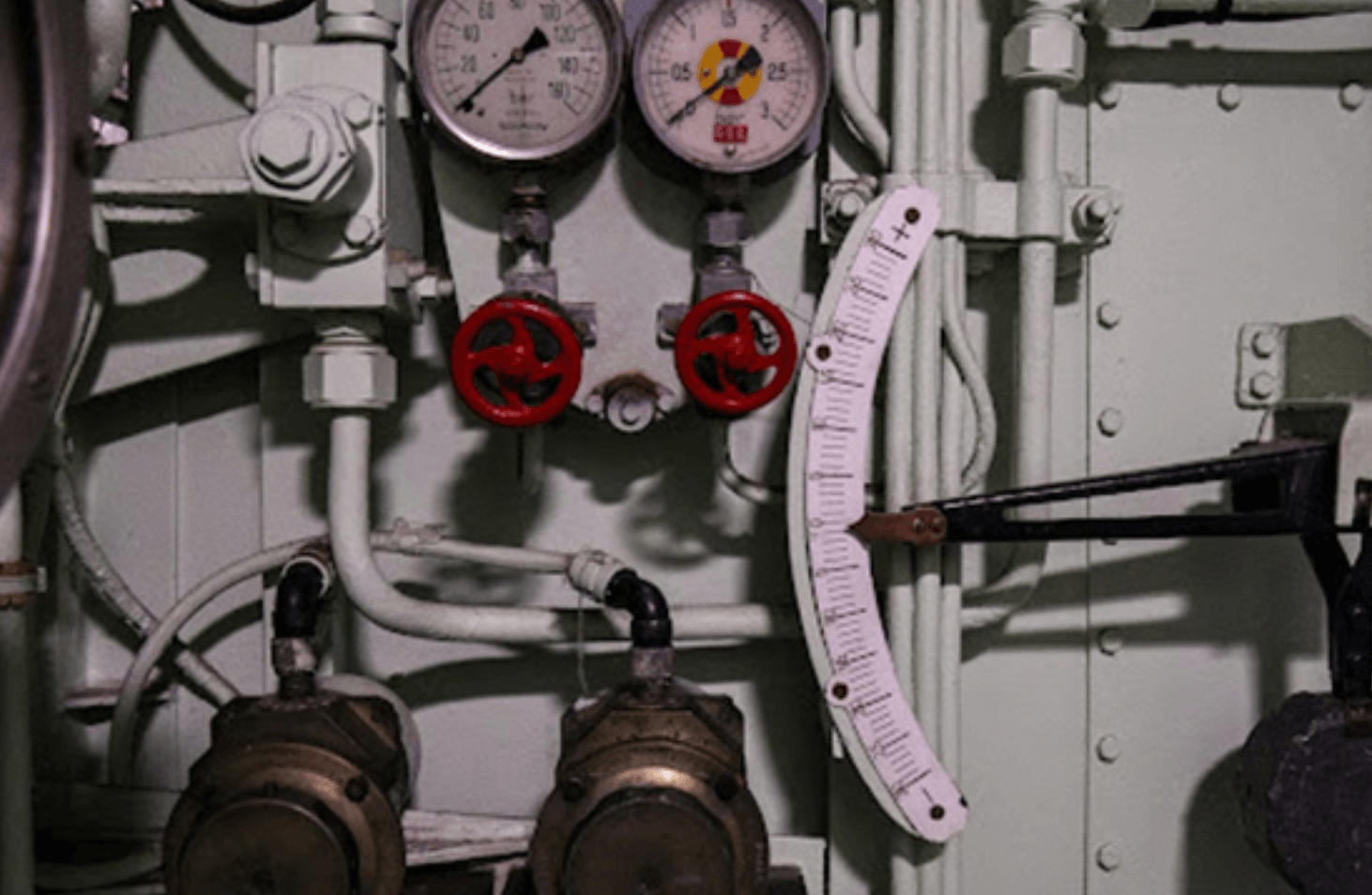
Pipeline valves work by controlling the flow of fluid or gas through the pipeline. They do this by altering the opening size through which the fluid or gas flows. Depending on the type of valve, this can be done by moving a gate, disk, ball, or diaphragm into or out of the opening.
When a valve opens, the fluid or gas flows through the pipeline as usual.
When a valve is closed, the fluid or gas is prevented from flowing through the pipeline. This can be used to start, stop, or regulate the flow and isolate sections of the pipeline for maintenance or repair.
Different types of valves operate in different ways. For example:
- Pipeline Gate Valves :
use a gate that moves up and down to open or close the flow. When the gate is fully open, it is flush with the pipeline gate valves, allowing the fluid or gas to flow through. When the gate is closed, it blocks the flow.
- Pipeline Globe Valves:
use a disk that moves up and down to open or close the flow. When the disk is fully open, it is flush with the pipeline, allowing the fluid or gas to flow through. When the disk is closed, it blocks the flow.
- Pipeline Check Valves:
allow fluid to flow in only one direction and are used to prevent backflow in the pipeline. They have a spring-loaded disc; when the fluid flows, the check valve disc will move open, and when the flow stops, the spring will close the valve.
- Pipeline Ball Valves:
have a ball inside the valve that rotates to open or close the flow. The ball has a hole through the middle that aligns with the pipeline when the valve opens, allowing the fluid or gas to flow through. When the valve is closed, the ball rotates, blocking the hole involving high technology for this task.
- Pipeline Diaphragm:
Valves use a flexible diaphragm to open or close the flow. The diaphragm is pressed against the pipeline when the valve opens, allowing the fluid or gas to flow through. When the valve is closed, the diaphragm is moved away from the pipeline, blocking the flow.
Pipeline valves can be operated manually by turning a handle or a wheel or automatically using a pneumatic, hydraulic, or electrical actuator. Automatic valves are controlled by a control system, which can be operated remotely or automatically based on preset conditions.
Valves In Pipelines Based On Their Design
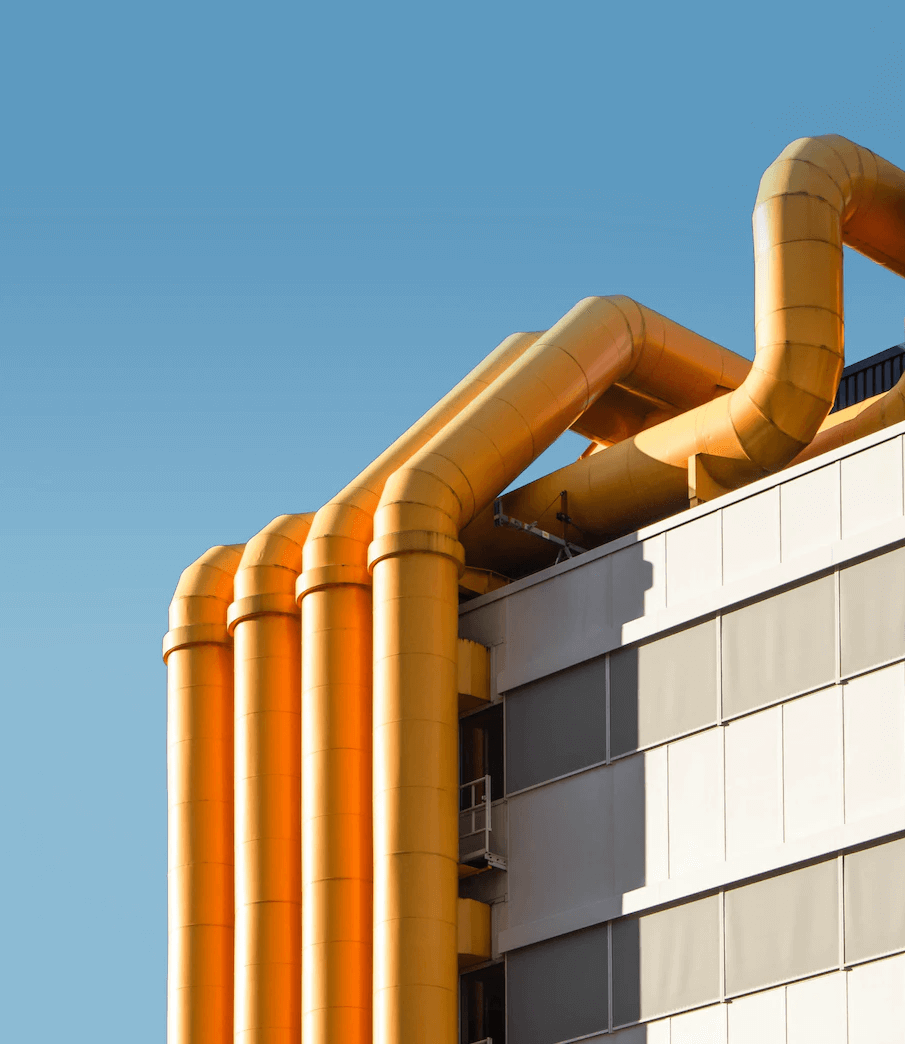
Several types of valves are commonly used in pipelines based on their design:
- Gate Valves:
Pipeline Gate valves are typically used in pipelines to start or stop fluid flow. They have a gate that moves up and down to open or close the flow. The gate is typically wedge-shaped and is designed to create a tight seal when the valve is closed. Gate valves are available in both rising stem and non-rising stem designs. Rising stem valves have a stem that rises as the valve is opened, while non-rising stem valves have a stem that stays in the same position as the valve is opened.
- Globe Valves:
Globe valves are also used to start or stop the flow in a pipeline. They have a disk that moves up and down to open or close the flow. The disk is typically conical and designed to create a tight seal when the valve is closed. Globe valves are typically used in applications that require precise flow control.
- Check Valves:
Check valves are used to prevent backflow in a pipeline. They allow fluid to flow in only one direction. They typically have a spring-loaded disc; when the fluid flows, the check valve disc will move open, and when the flow stops, the spring will close the valve. They are often used in applications where backflow could cause damage to equipment or create a safety hazard.
- Ball Valves:
Pipeline Ball valves are quarter-turn valves with a ball inside the valve that rotates to open or close the flow. The ball has a hole through the middle that aligns with the pipeline when the valve opens, allowing the fluid or gas to flow through. Ball valves are often used in applications that require frequent operation and easy maintenance. They are available in various materials, including metal and plastic, to suit different applications.
- Diaphragm Valves:
Diaphragm valves use a flexible diaphragm to open or close the flow. The diaphragm is pressed against the pipeline when the valve opens, allowing the fluid or gas to flow through. When the valve is closed, the diaphragm is moved away from the pipeline, blocking the flow. Diaphragm valves are often used in applications that involve abrasive or corrosive fluids.
- Butterfly Valves:
Butterfly valves use a disk that rotates to open or close the flow. The disk is typically shaped like a butterfly and is designed to create a tight seal when the valve is closed. Butterfly valves are often used in applications that require a compact design and low-pressure drop.
- Needle Valves:
Needle valves use a needle-shaped disk that moves up and down to open or close the flow. They are often used in applications that require precise flow control. They typically have a long, narrow stem with a pointed tip, which allows for precise adjustments to the flow rate.
- Plug Valves:
Plug valves use a plug that rotates to open or close the flow. The plug is typically cylindrical and designed to create a tight seal when the valve is closed. Plug valves are often used in applications that involve abrasive or corrosive fluids.
- Pinch Valves:
Pinch valves use a flexible sleeve that is pinched to open or close the flow. They typically have a simple design, with a flexible sleeve pinched closed by an external mechanism, such as a cam or a screw. Pinch valves are often used in applications that involve abrasive or corrosive fluids.
- Safety Valves:
Safety valves are designed to automatically release pressure from a pipeline in an emergency. They typically have a spring-loaded valve that opens when the pressure in the pipeline exceeds a certain level. Safety valves are often used in applications where pipeline failure is.
- V-Port Ball Valve:
V-Port Ball Valve Is a type of ball valve that has a V-shaped slot cut into the ball. This allows for more precise flow control, as the flow can be adjusted by rotating the ball to a specific angle. V-port ball valves are often used in applications that require precise flow control, such as in process control systems.
Pipeline Ball valves are a type of quarter-turn valve commonly used in pipelines for flow control purposes; they are often made of durable materials such as stainless steel, brass and alloy steels that can withstand high pressure, high temperature and corrosive environments.
Material And Components Of A Pipeline
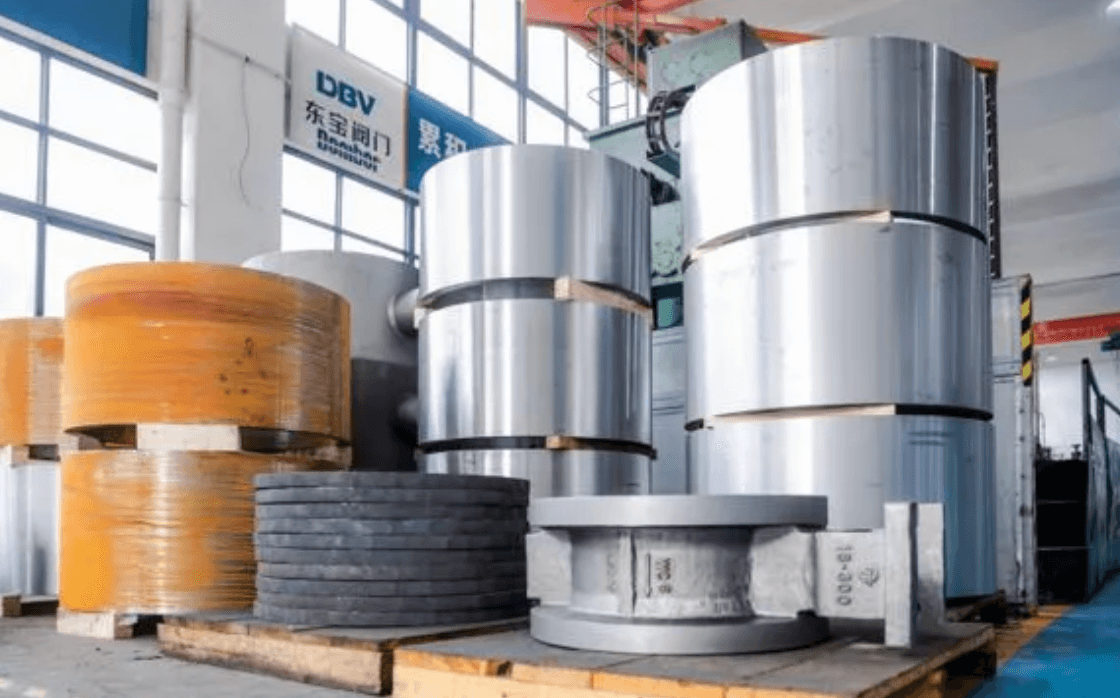
There are many types of pipeline for example: An industrial ball valve manufacturer is a company that specializes in the production of ball valves for industrial applications. Ball valves are a type of quarter-turn valves that are commonly used in industrial pipelines for flow control purpose, they are often made of durable materials such as stainless steel, brass and alloy steels, that can withstand high pressure, high temperature and corrosive environments.
Here Are Some Materials And Components Of A Pipeline To Make It Work Efficiently:
- Steel: Steel is a common material used to construct pipeline valves. It is strong, durable, and can withstand high pressure and temperatures. Stainless steel is a popular choice for valves used in corrosive environments.
- Bronze: Bronze is a corrosion-resistant alloy often used to construct water and wastewater pipeline valves.
- Brass: Brass is a corrosion-resistant alloy often used to construct water and air pipeline valves.
- Cast iron: Cast iron is a strong and durable material often used to construct valves in heavy-duty applications.
- Plastic: Plastic is a lightweight and corrosion-resistant material often used to construct valves in low-pressure applications.
- Alloy steels: Alloy steels such as Inconel, Monel, and Hastelloy are often used in high-temperature and high-pressure corrosive environment applications
Components of pipeline valve:
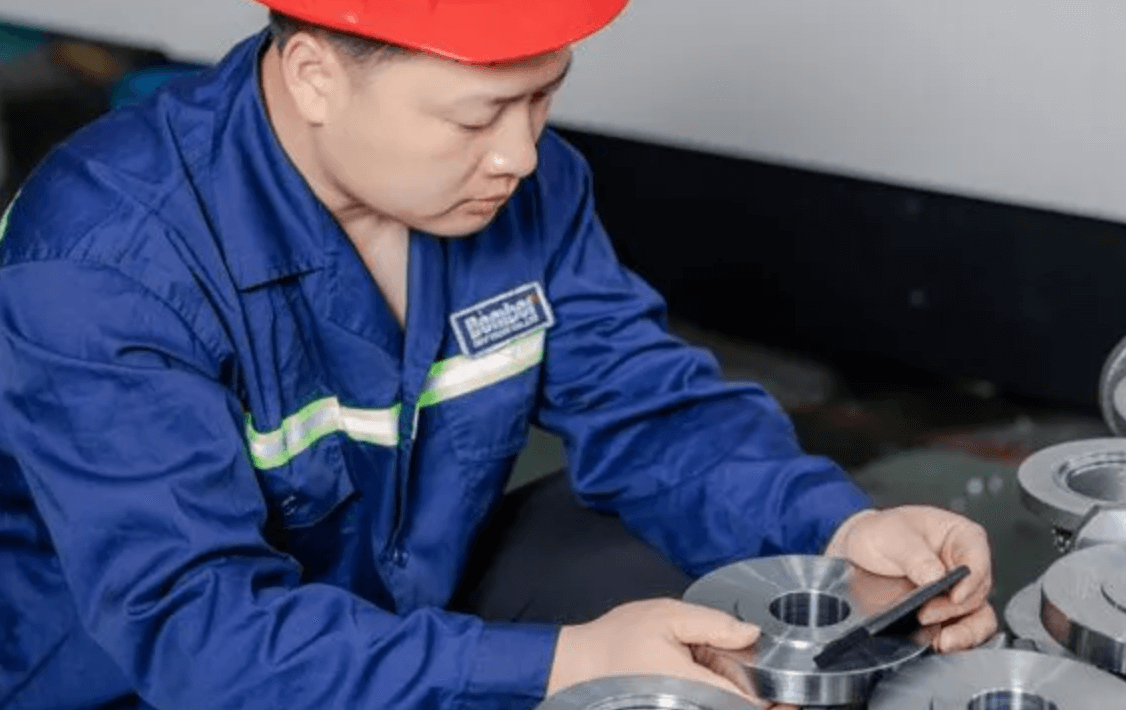
- Body: The body is the main component of the valve that houses all the other components. It is typically made of metal and is designed to withstand the pressure and temperature of the fluid or gas flowing through the pipeline.
- Bonnet: The bonnet is the component that covers the body of the valve. It is typically made of metal and is designed to protect the valve’s internal components.
- Stem: The stem is the component that connects the handle or actuator to the valve. It is typically made of metal and is designed to withstand the forces required to open or close the valve.
- Seat: The seat is the component that creates a seal between the body and the disk or gate. It is typically made of metal or plastic and is designed to withstand the pressure and temperature of the fluid or gas flowing through the pipeline.
- Disk or gate: The disk or gate is the component that moves to open or close the valve. It is typically made of metal and is designed to withstand the pressure and temperature of the fluid or gas flowing through the pipeline.
- Gasket: The gasket is the component that creates a seal between the body and the bonnet. It is typically made of rubber or other flexible material and is designed to withstand the pressure and temperature of the fluid or gas flowing through the pipeline.
- Handle or actuator: The handle or actuator is the component that is used to open or close the valve. It can be operated manually or automatically and is typically made of metal or plastic.
- Springs: Springs are used to holding the valve closed in some valves and provide force to open the valves in others.
- Packing: Packing is used to prevent leakage around the stem of valves, which are typically made of synthetic materials.
- Bearings: Bearings are used to reduce friction between the stem and body of the valve and to support the stem in a valve.
Applications Of Pipeline Valves
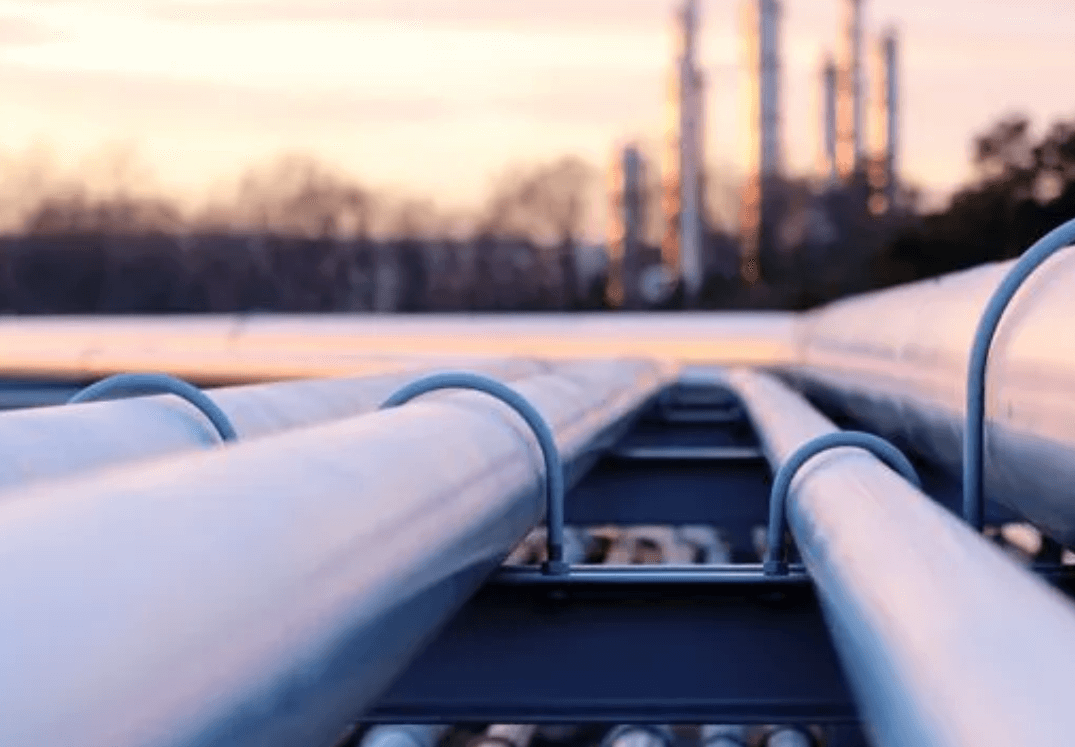
In all of the below applications, the valves must be designed and manufactured to withstand the pressure, temperature, and corrosive nature of the fluid or gas flowing through the pipeline.
- Oil pipeline valves : In oil pipelines, valves start, stop, and regulate the flow of crude oil and refined products. They are also used to isolate pipeline sections for maintenance or repair.
- Gas pipeline: In gas pipelines, valves are used to start, stop, and regulate the flow of natural gas. They are also used to isolate pipeline sections for maintenance or repair.
- Water pipeline: In water pipelines, valves start, stop, and regulate water flow. They are also used to isolate pipeline sections for maintenance or repair. In addition, valves are also used to control the pressure in the pipeline and to prevent backflow.
- Sewage and wastewater pipeline: In sewage and wastewater pipelines, valves are used to start, stop and regulate the flow of wastewater; they are also used to isolate pipeline sections for maintenance or repair and to prevent backflow.
- HVAC and building services pipeline: Valves control the flow and temperature of the water, air and other fluids used in building heating, ventilation and air conditioning systems.
- Chemical and petrochemical pipeline: In chemical and petrochemical pipelines, valves start, stop, and regulate the flow of chemicals and petrochemical products. They are also used to isolate pipeline sections for maintenance or repair.
- Power generation pipeline: In power generation pipelines, valves start, stop, and regulate the flow of fluids, such as water and steam, used in power generation. They are also used to isolate pipeline sections for maintenance or repair.
ASME, API Standards For Pipeline Industry
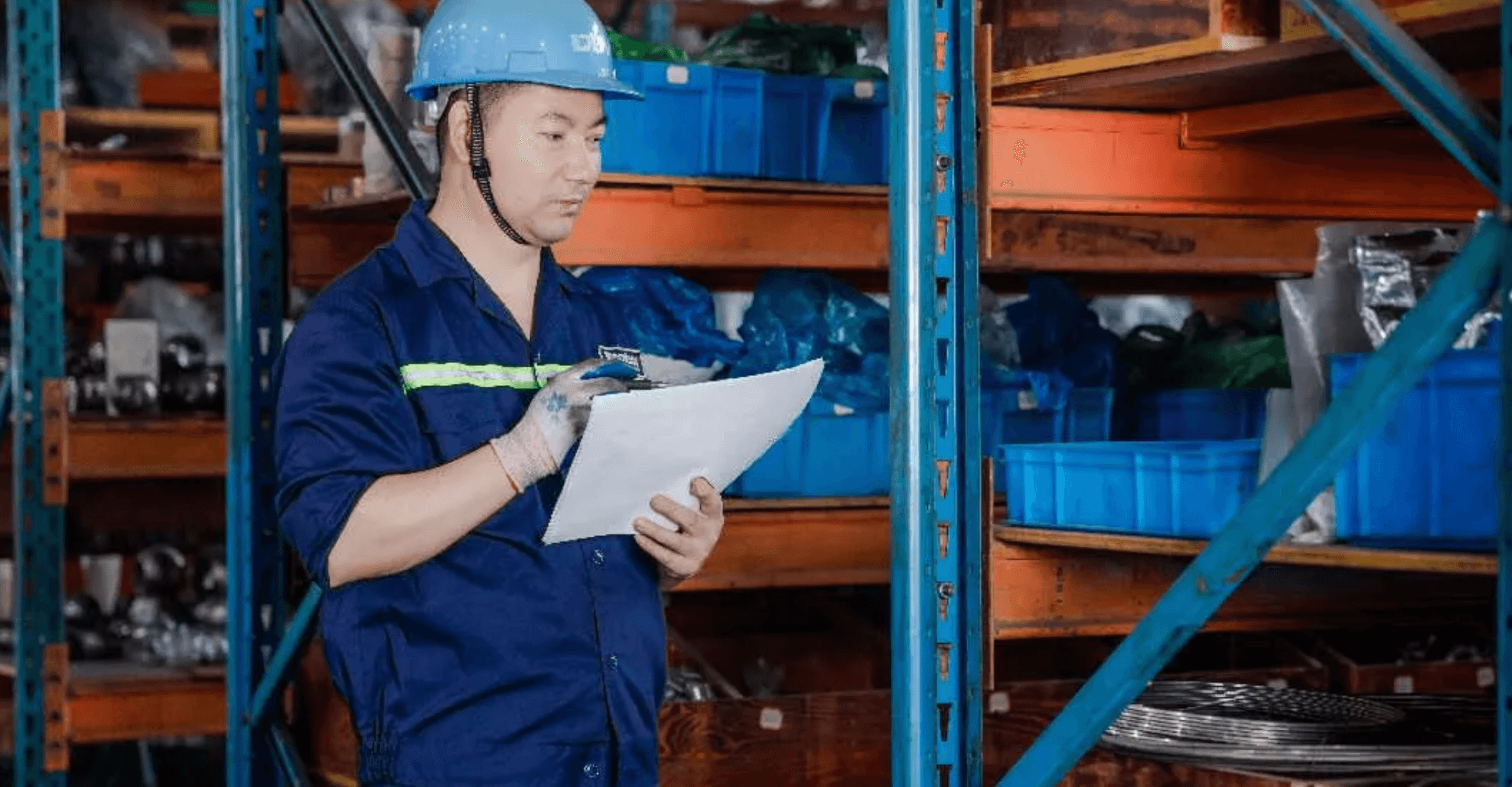
ASME and API develop and publish standards for the pipeline industry-
ASME (American Society of Mechanical Engineers) is a professional organization that sets standards for the design, construction, and operation of mechanical equipment, including valves used in pipelines. The most commonly used ASME standard for valves is the ASME B16.34 – Valves – Flanged, Threaded, and Welding End. This standard covers the dimensions, pressure-temperature ratings, materials, and testing requirements for pipeline valves.
API (American Petroleum Institute) is a trade organization that represents the oil and gas industry. It develops standards for the design, construction, and operation of equipment used in the oil and gas industry, including valves used in pipelines. The most commonly used API standard for valves is the API 6D – Pipeline Valves. This standard covers pipeline valves’ design, manufacturing, and testing requirements.
Both ASME and API standards are widely recognized and followed in the pipeline industry and ensure the safety and reliability of the valves used in pipelines. Compliance with these standards is often a requirement for valves used in pipelines.
Factors To Consider When Selecting A Valve For A Pipeline
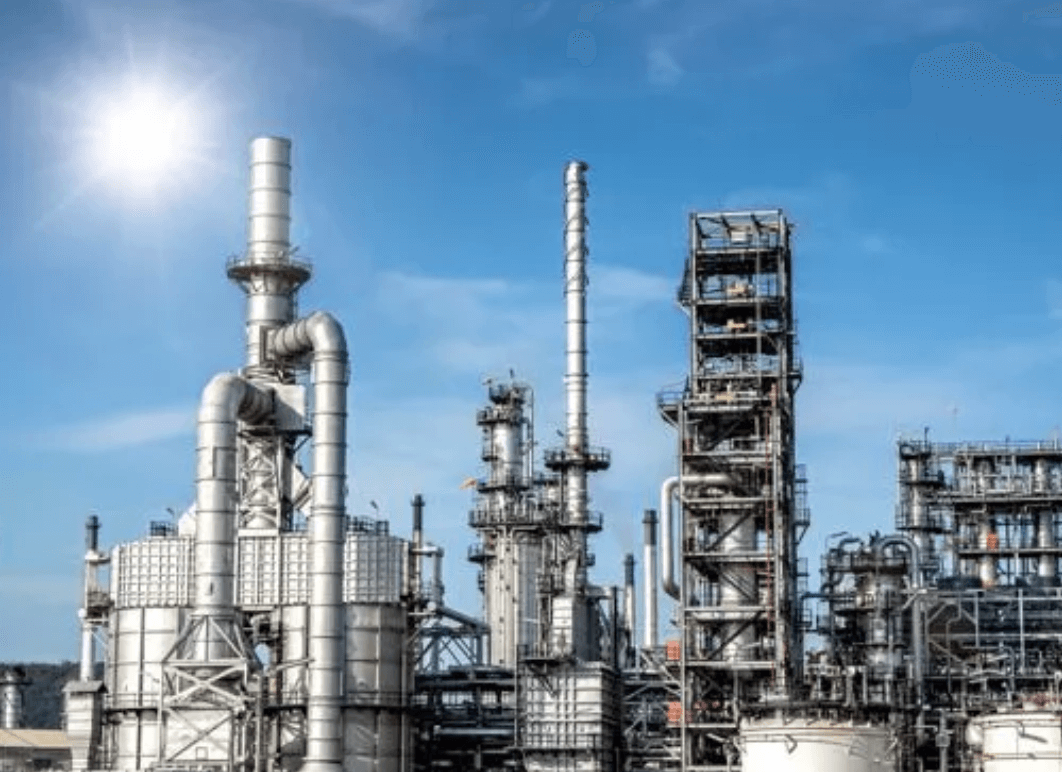
When selecting a valve for a pipeline, several factors should be considered to ensure that the valve is suitable for the specific application and will perform reliably and safely. Some of the critical factors to consider when selecting a valve for a pipeline include the following:
1. Pressure and temperature ratings:
The valve must withstand the pressure and temperature of the fluid or gas flowing through the pipeline. Selecting a valve with the appropriate pressure and temperature ratings for the specific application is essential.
2. Flow characteristics:
The valve must be able to control fluid or gas flow through the pipeline. The flow characteristics of the valve, such as its Cv (flow coefficient) value, should be considered to ensure that it can handle the required flow rate.
3. Size and weight:
The size and weight of the valve should be considered to ensure that it can be easily installed and maintained. Sometimes, a lightweight and compact valve may be preferable to a larger and heavier one.
4. Materials:
The valve must be made of materials compatible with the fluid or gas flowing through the pipeline. The valve should withstand the pressure, temperature, and corrosive nature of the fluid or gas.
5. Actuation:
The valve must be able to be opened and closed as required. The valve should be considered whether it is operated manually or automatically and whether it has the appropriate actuator for the specific application.
6. Compliance with Standards:
The valve should comply with relevant industry standards such as ASME, API, etc.
7. Cost:
The cost of the valve should also be considered when making a decision. The cost of the valve includes the purchase price, installation costs, and maintenance costs over the valve’s lifetime.
8. Reliability and durability:
The valve should perform reliably and have a long service life. It is essential to select a durable valve that can withstand the pipeline environment’s harsh conditions.
9. Ease of maintenance:
The valve should be easy to maintain and repair. It is essential to select a valve that can be easily disassembled and reassembled, with replaceable parts that are readily available.
Considering all these factors will help ensure that the valve selected for a pipeline is the most appropriate and suitable option for the specific application and will perform reliably.
Conclusion
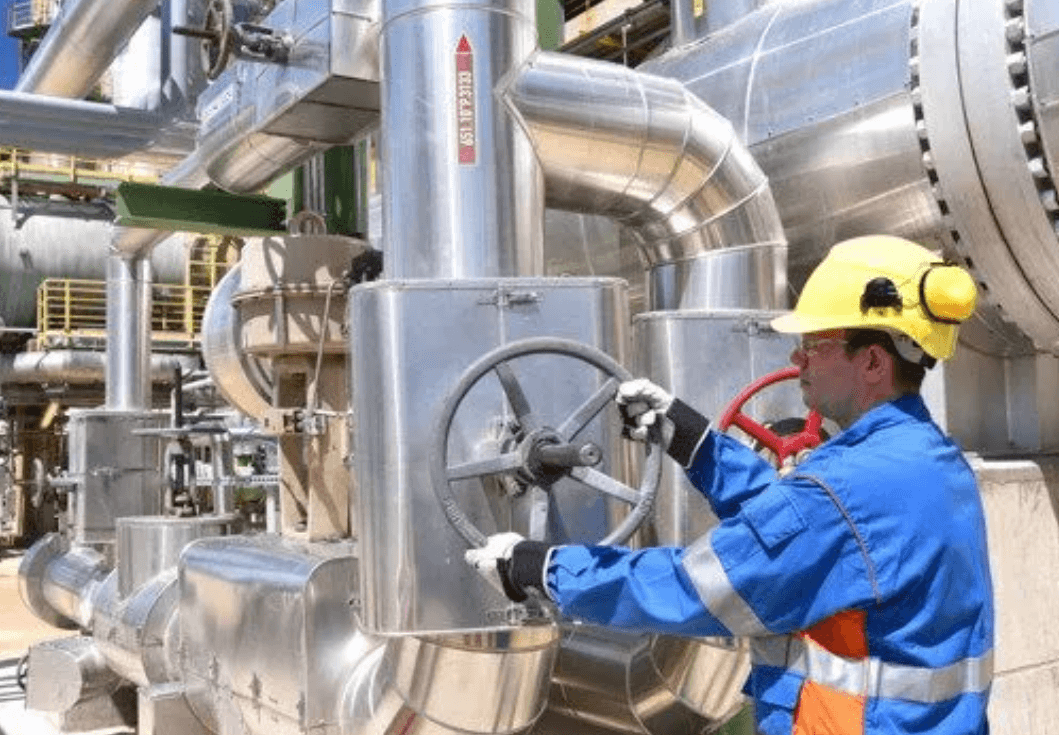
Pipeline valves are critical components in any pipeline system, as they control fluid or gas flow. When selecting a valve for a pipeline, it is essential to consider factors such as pressure and temperature ratings, flow characteristics, size and weight, materials, actuation, compliance with standards, cost, reliability and durability, and ease of maintenance.
You can contact Dombor to inquire about their products and services if you are looking for a professional pipeline valve manufacturer. Don’t hesitate to contact them to get suitable valves for your pipeline application.









